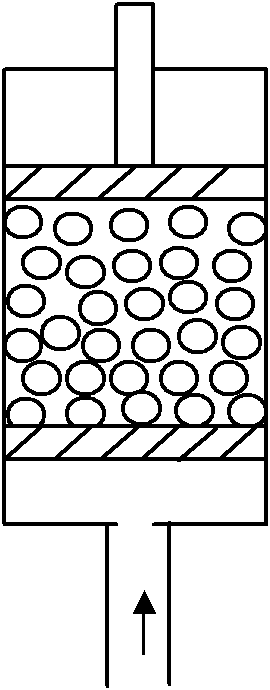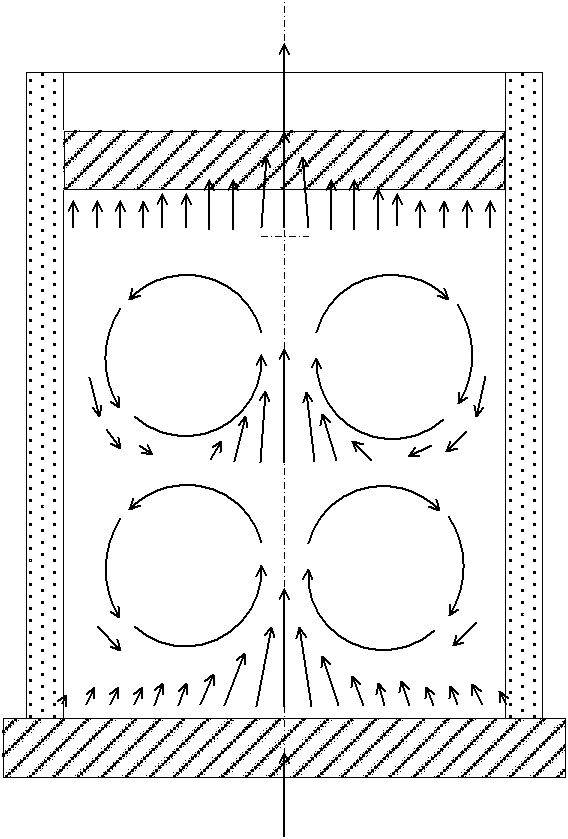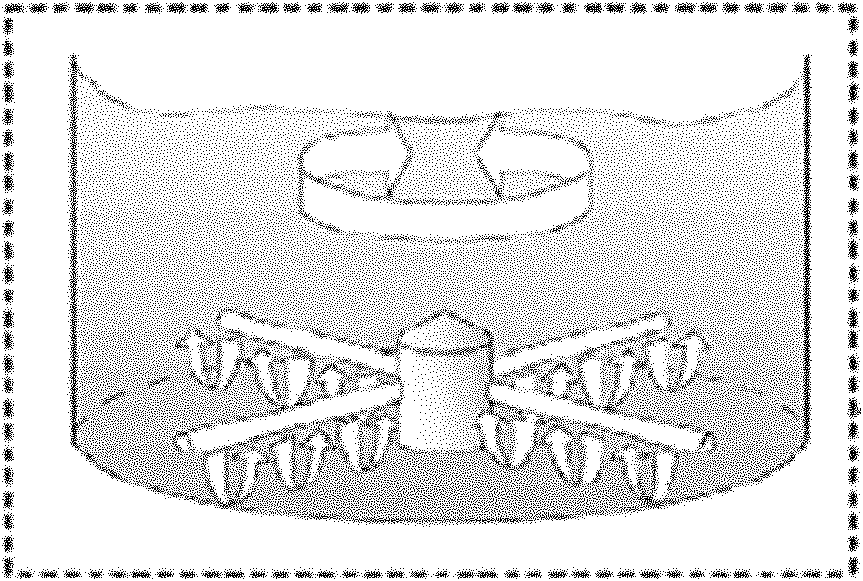Expanded bed chromatographic separation column used for biochemical separation process and process flow
A chromatographic separation and separation process technology, applied in the field of chromatographic separation devices, can solve the problems of no commercial products, clogging, affecting the use effect/efficiency of the expanded bed, etc.
- Summary
- Abstract
- Description
- Claims
- Application Information
AI Technical Summary
Problems solved by technology
Method used
Image
Examples
Embodiment 1
[0252] Example 1: Application of Expanded Bed in Monoclonal Antibody Production
[0253] The protein is expressed by CHO animal cells and analyzed outside the cells. The size of CHO cells is about 10-15um. They are cultured in 1,500L-10,000L cell tanks, and the final cell density is 1X10 7 cells / ml, titer 500mg / ml.
[0254] The traditional process requires high-speed continuous flow centrifugation plus depth filtration followed by protein A affinity chromatography, followed by ion exchange, hydrophobic, or high-resolution gel chromatography for further purification.
[0255]The above process usually takes 2 to 3 days to complete the three steps of continuous flow centrifugation, depth filtration, and protein A affinity coloring. Affinity chromatography runs at 180cm / hr (fixed bed ~ 120-180cm / hr), linear velocity (bed height 30cm, residence time 10 minutes), and the load is about 20g / L.
[0256] The chromatographic column has a volume of 37.5L and a diameter of about 40cm. T...
Embodiment 2
[0276] Embodiment 2: the application of expanded bed in the production of recombinant human albumin (rHSA)
[0277] The protein was expressed by Pichia Pastoris yeast cells, analyzed extracellularly, cultured in a 5,000L fermenter, and the final titer was ~1.0g / l.
[0278] The traditional process requires high-speed continuous flow centrifugation and deep-layer filtration, plus ion-exchange chromatography, and then further purification with hydrophobic and ion-exchange. The traditional process usually takes 2-3 days to complete the three steps of continuous flow centrifugation, depth filtration, and ion exchange capture chromatography. The ion exchange operates at a linear speed of 120cm / hr (fixed bed ~ 120-180cm / hr) (bed height 30cm, residence time 15 minutes), and the load capacity is about 10g / L. The chromatographic column has a volume of 500L and a diameter of about 140cm (145cm). The operating flow rate of the chromatographic system is about 1900L / hr, and the 5000L samp...
Embodiment 3
[0296] Embodiment 3: the application of expanded bed in antibiotic production
[0297] Antibiotic production, which is large in scale and high in flow rate, is another good field for expanding bed technology.
[0298] As the pharmaceutical industry has higher and higher requirements for the purity of antibiotics, ion exchange chromatography has gradually become a necessary means in the downstream separation process, especially when the fermentation broth contains flocculent solids that cannot be removed by filtration once. Expanded bed technology The application can have significant economic benefits.
PUM
 Login to View More
Login to View More Abstract
Description
Claims
Application Information
 Login to View More
Login to View More - R&D
- Intellectual Property
- Life Sciences
- Materials
- Tech Scout
- Unparalleled Data Quality
- Higher Quality Content
- 60% Fewer Hallucinations
Browse by: Latest US Patents, China's latest patents, Technical Efficacy Thesaurus, Application Domain, Technology Topic, Popular Technical Reports.
© 2025 PatSnap. All rights reserved.Legal|Privacy policy|Modern Slavery Act Transparency Statement|Sitemap|About US| Contact US: help@patsnap.com



